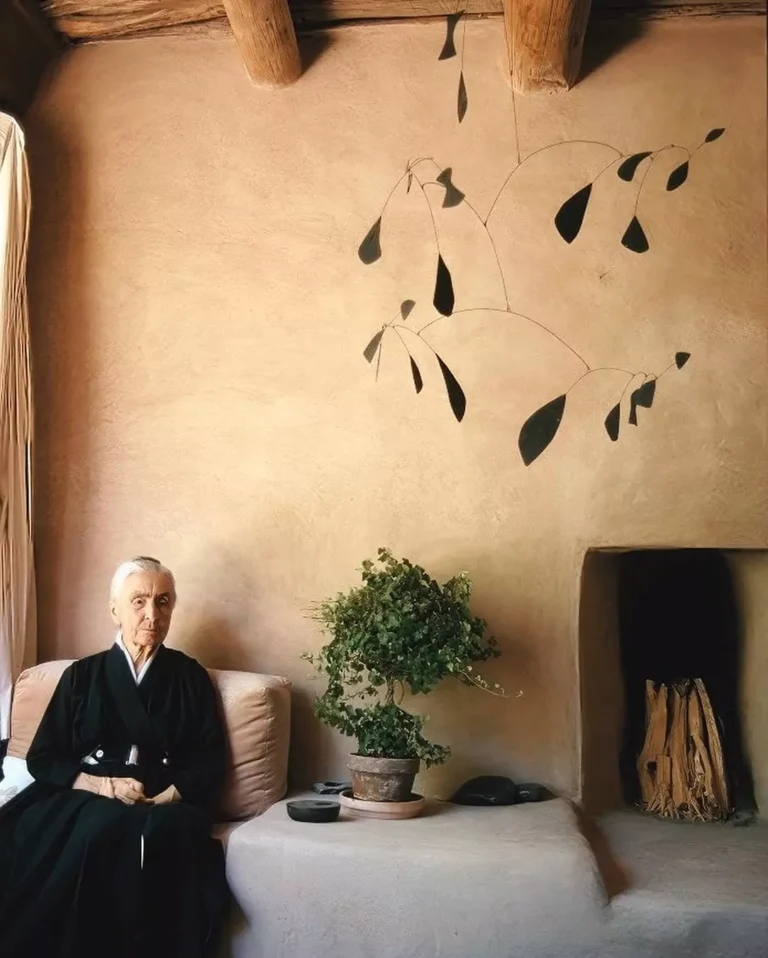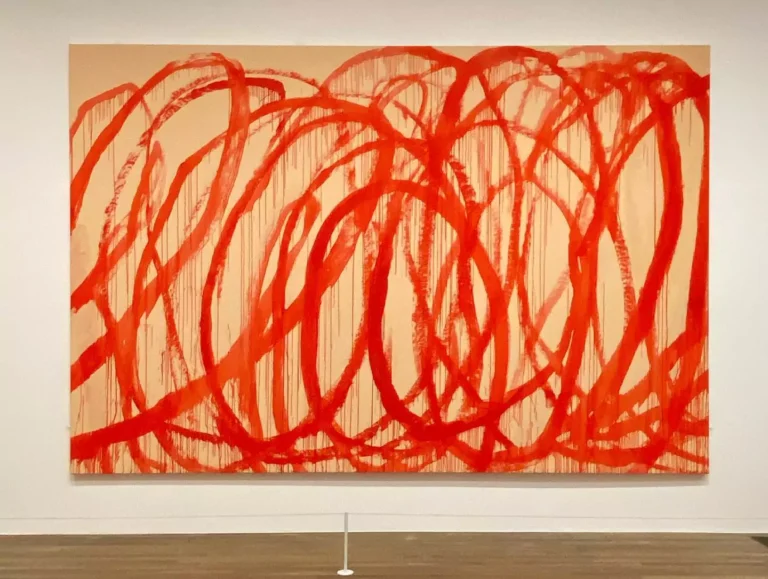Looking for a muse? Check no further. Discover the Best of Art, Culture, History & Beyond!
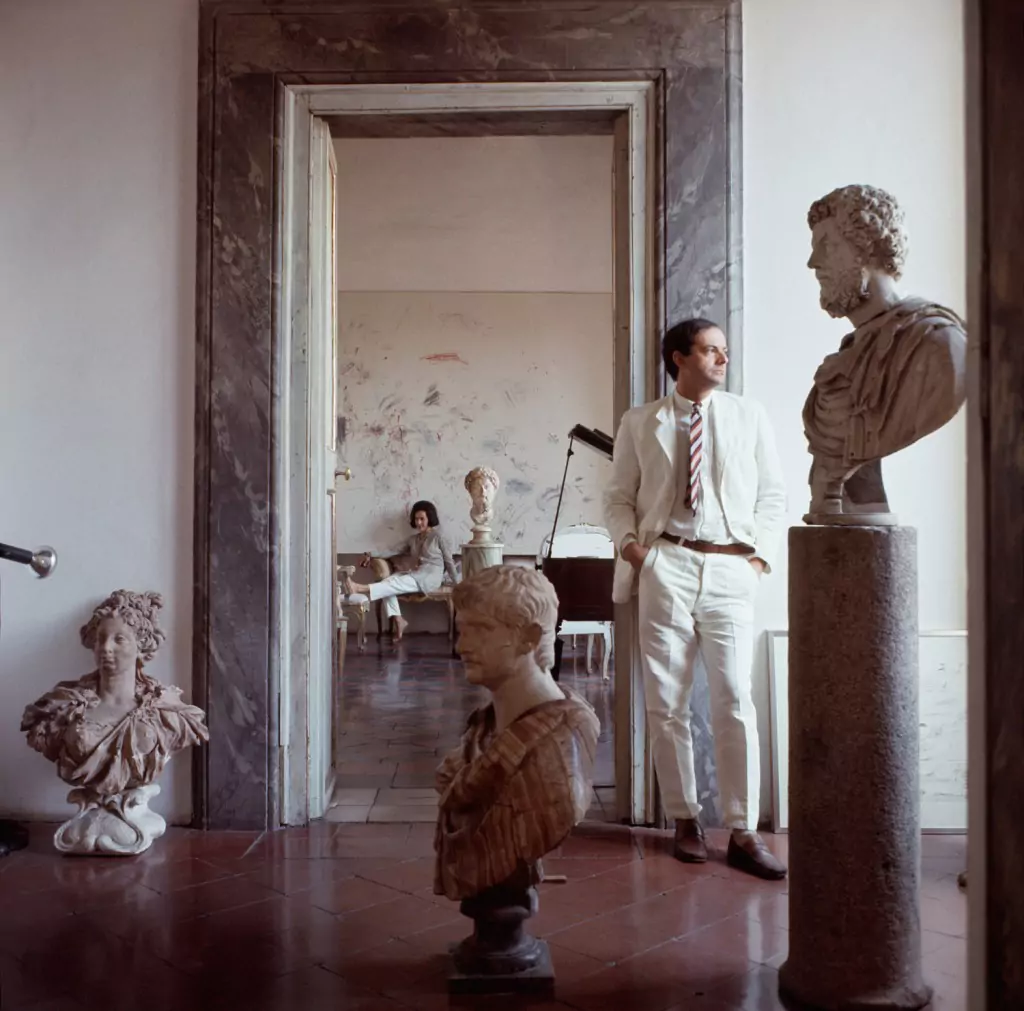
The intimate spaces that inspired a modern master
The Allure of Italy in Twombly’s Artistic Journey
Cy Twombly, an American artist renowned for his abstract expressionist works, found profound inspiration in Italy’s rich cultural tapestry. The country’s classical heritage, Mediterranean landscapes, and timeless beauty deeply influenced his art. Twombly’s residences in Italy were not mere dwellings; they were sanctuaries where art and life intertwined, providing him with the creative freedom to explore and evolve.
Rome – The Eternal City’s Influence on Twombly
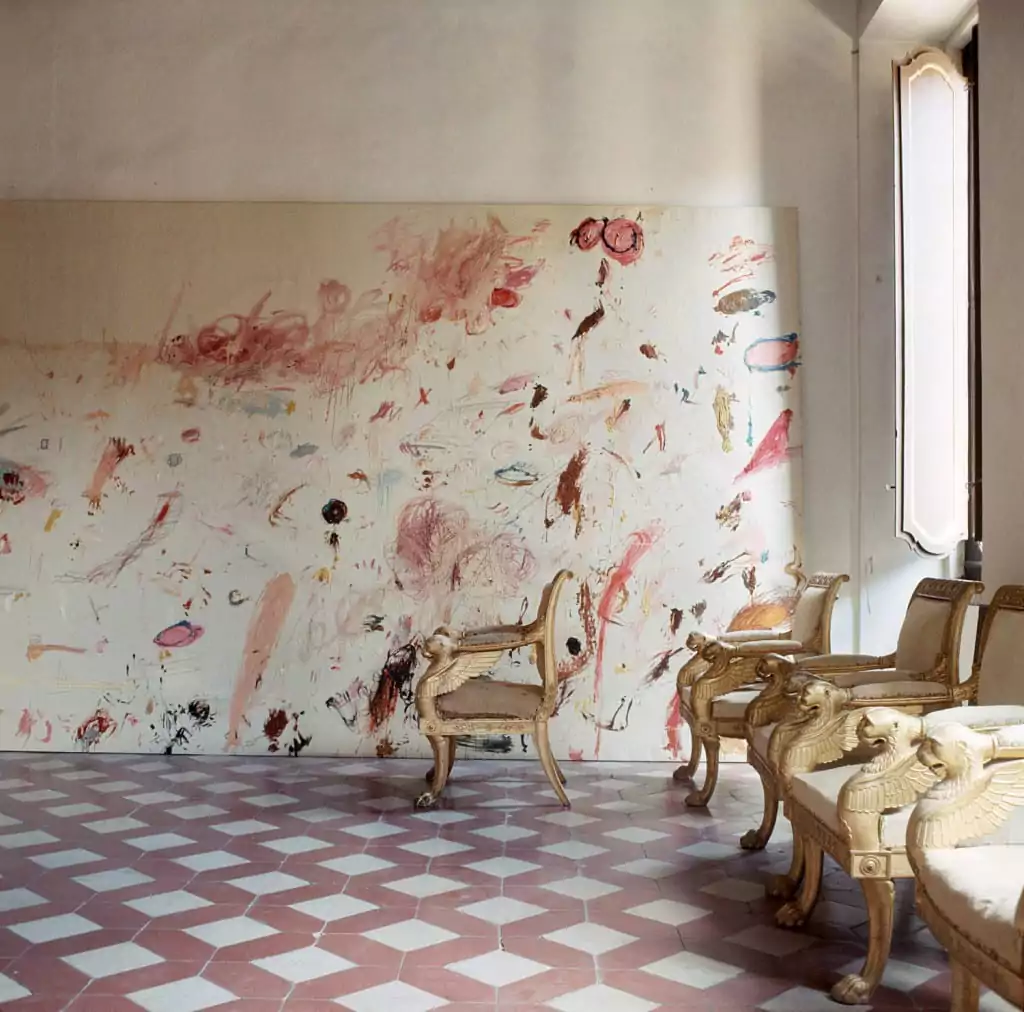
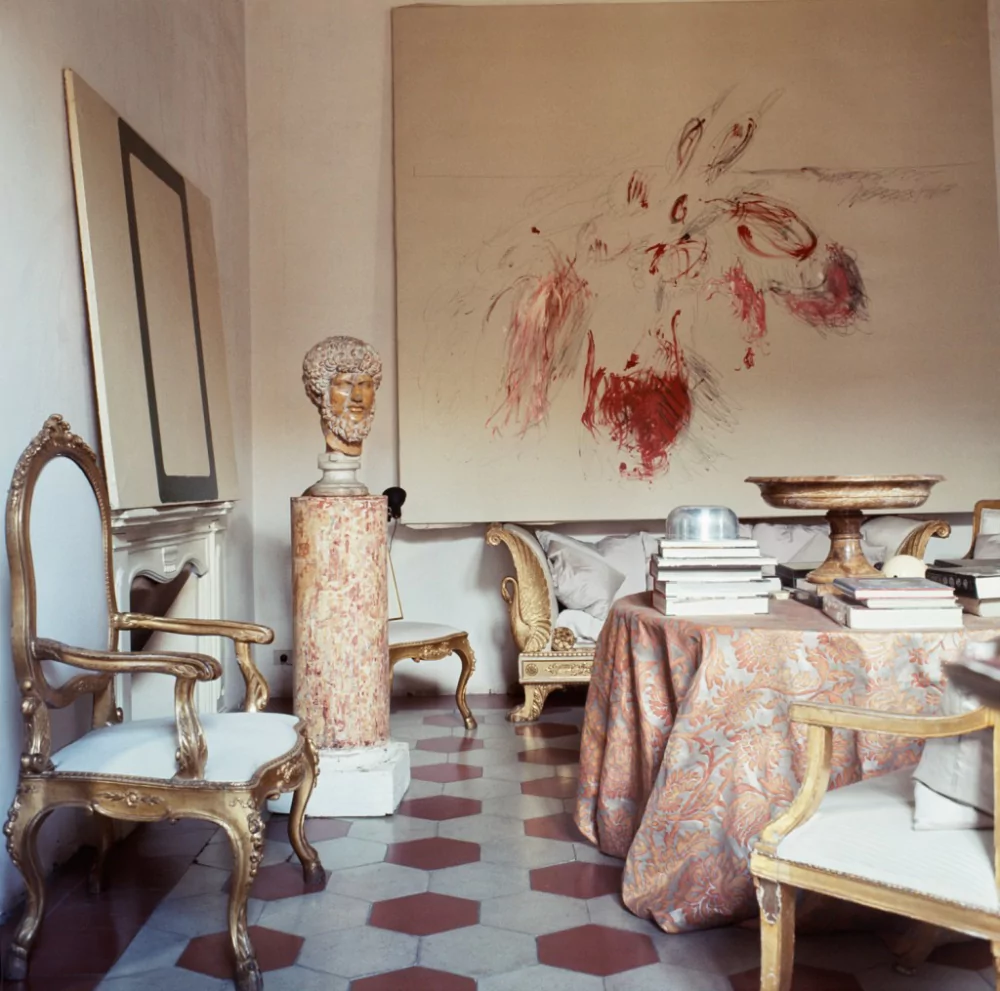
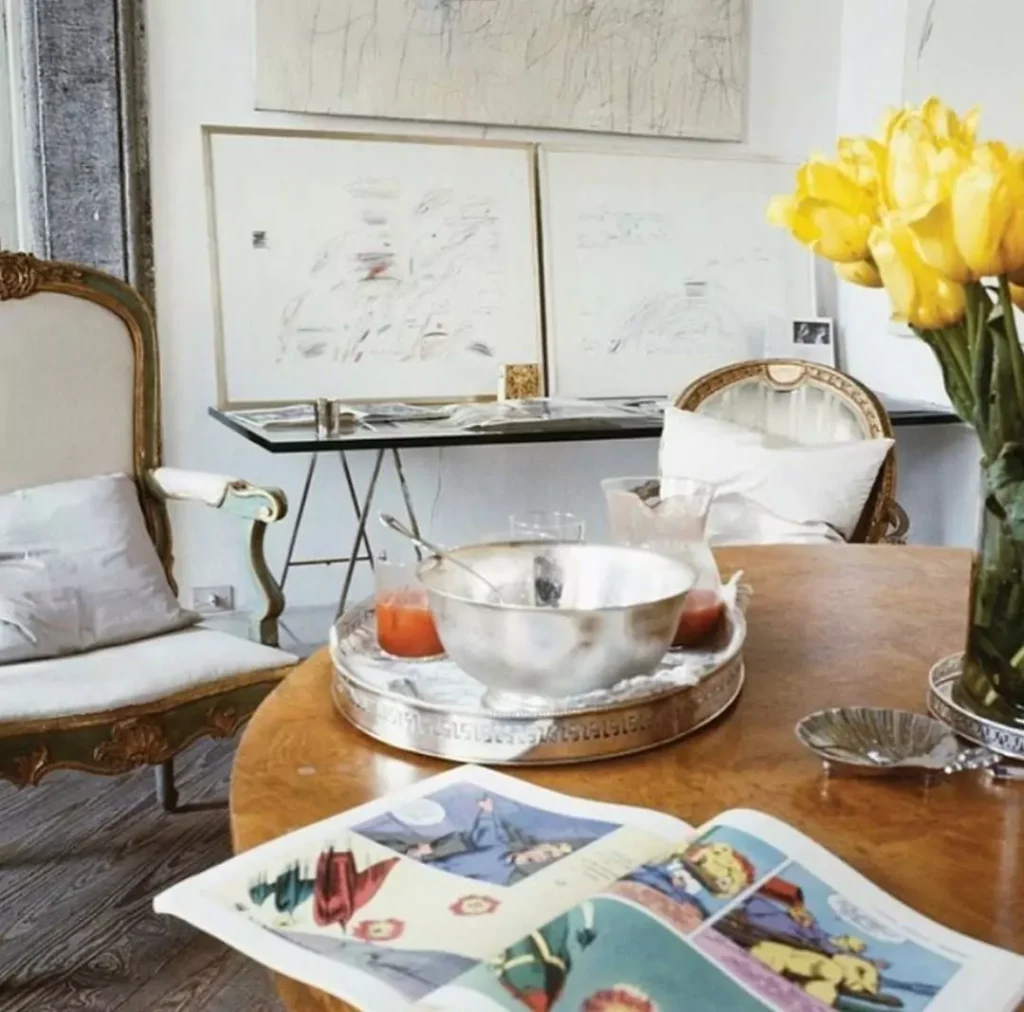
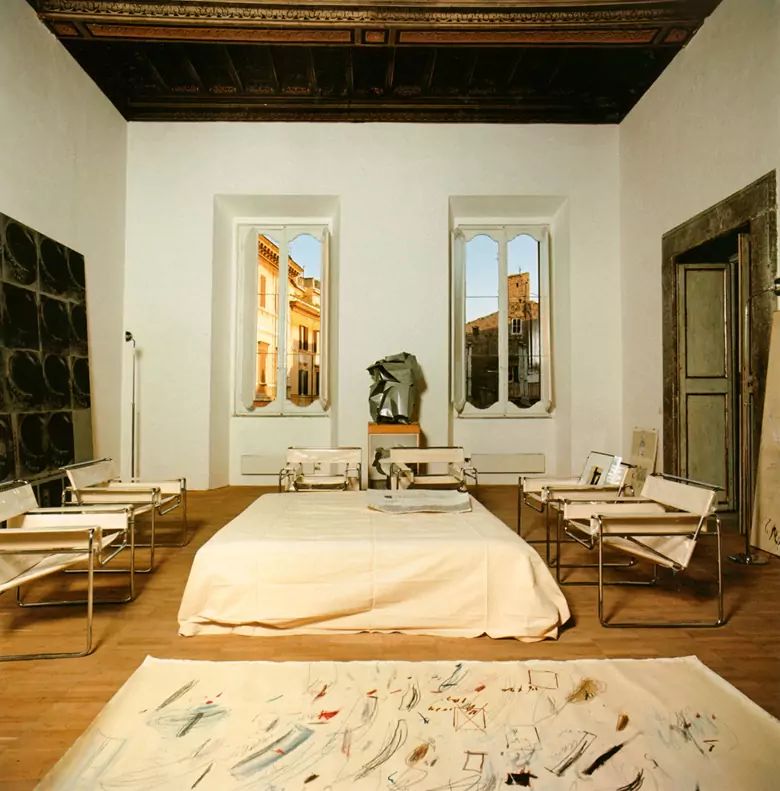
In the early 1960s, Twombly settled in Rome, immersing himself in its historical ambiance. He acquired a villa that became both his home and studio. The villa’s interiors were a testament to his eclectic taste, blending classical sculptures with modern art. Photographs from 1966 capture the villa’s deconstructed elegance, with canvases adorning the walls and antique furnishings complementing contemporary pieces. This harmonious blend mirrored Twombly’s artistic approach, where past and present coalesced seamlessly.
Bassano in Teverina – A 16th-Century Palazzo Transformed
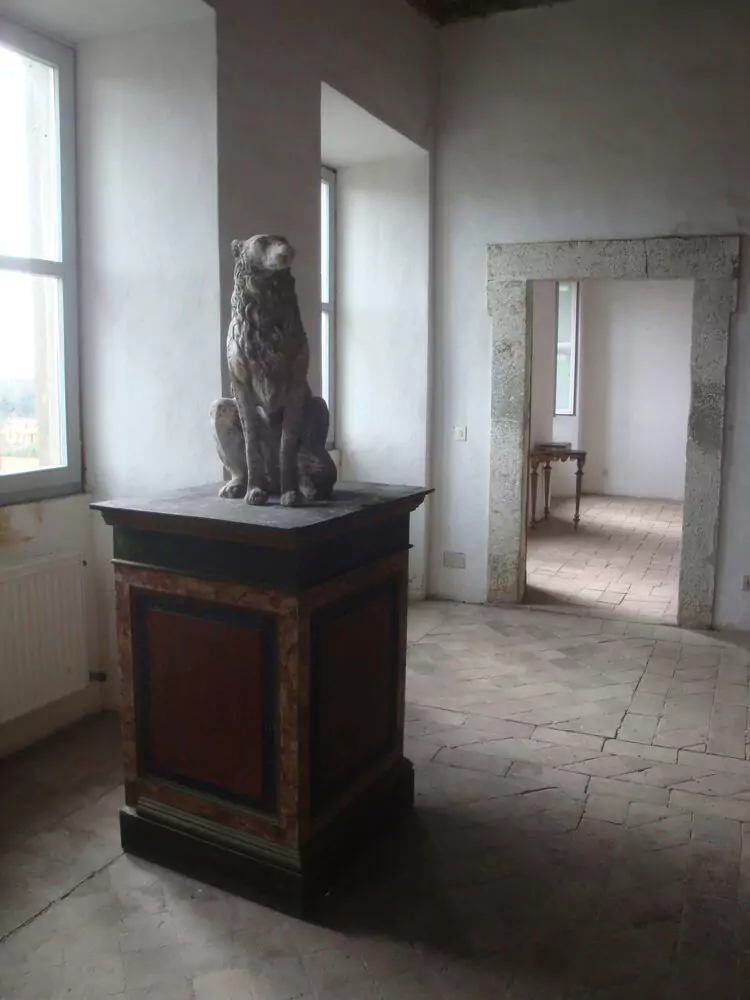


In 1972, Twombly purchased a 16th-century palazzo in Bassano in Teverina, north of Rome. This residence became his summer studio, a retreat where he could delve into his creative pursuits away from the city’s bustle. The palazzo’s interiors were adorned with ancient busts, statues, and antique furniture, creating a dialogue between his evocative artworks and classical antiquities. This environment not only influenced his artistic practice but also provided a tangible connection to the historical and mythological themes prevalent in his work. Within these walls, Twombly created significant pieces, including the monumental series “Fifty Days at Iliam” (1978), inspired by Homer’s Iliad.
Gaeta – A Seaside Sanctuary
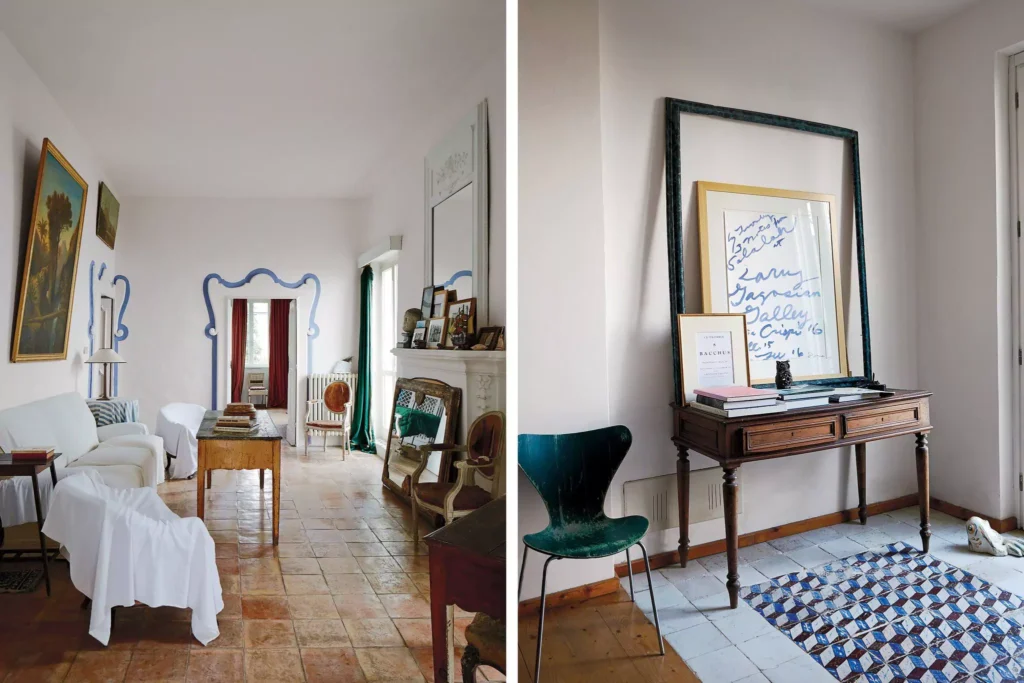


Later in his life, Twombly discovered Gaeta, a coastal town that offered tranquility and inspiration. He established a residence here, captivated by the town’s historical significance and serene landscapes. Gaeta’s rich history, with connections to figures like Hadrian and Cicero, resonated with Twombly’s fascination for antiquity. The town’s unpretentious charm provided a perfect backdrop for his later works, reflecting a matured perspective infused with Mediterranean light and colors.
The Interplay of Art and Environment
Twombly’s Italian homes were more than personal spaces; they were integral to his creative process. Each residence, with its unique ambiance, influenced his artistic output. The classical elements within his homes served as constant reminders of the historical narratives he often explored in his art. The serene settings allowed for contemplation, enabling him to channel the essence of Italy’s cultural heritage into his abstract expressions.
Cy Twombly‘s Italian residences were sanctuaries where he could immerse himself in the country’s rich history and natural beauty. These homes provided the environments that nurtured his creativity, allowing him to produce works that continue to captivate audiences worldwide. Through his Italian sojourns, Twombly not only found inspiration but also a profound connection to the timeless narratives that define human experience.

This article is published on ArtAddict Galleria, where we explore the intersections of art, history, and culture. Stay tuned for more insights and discoveries!

